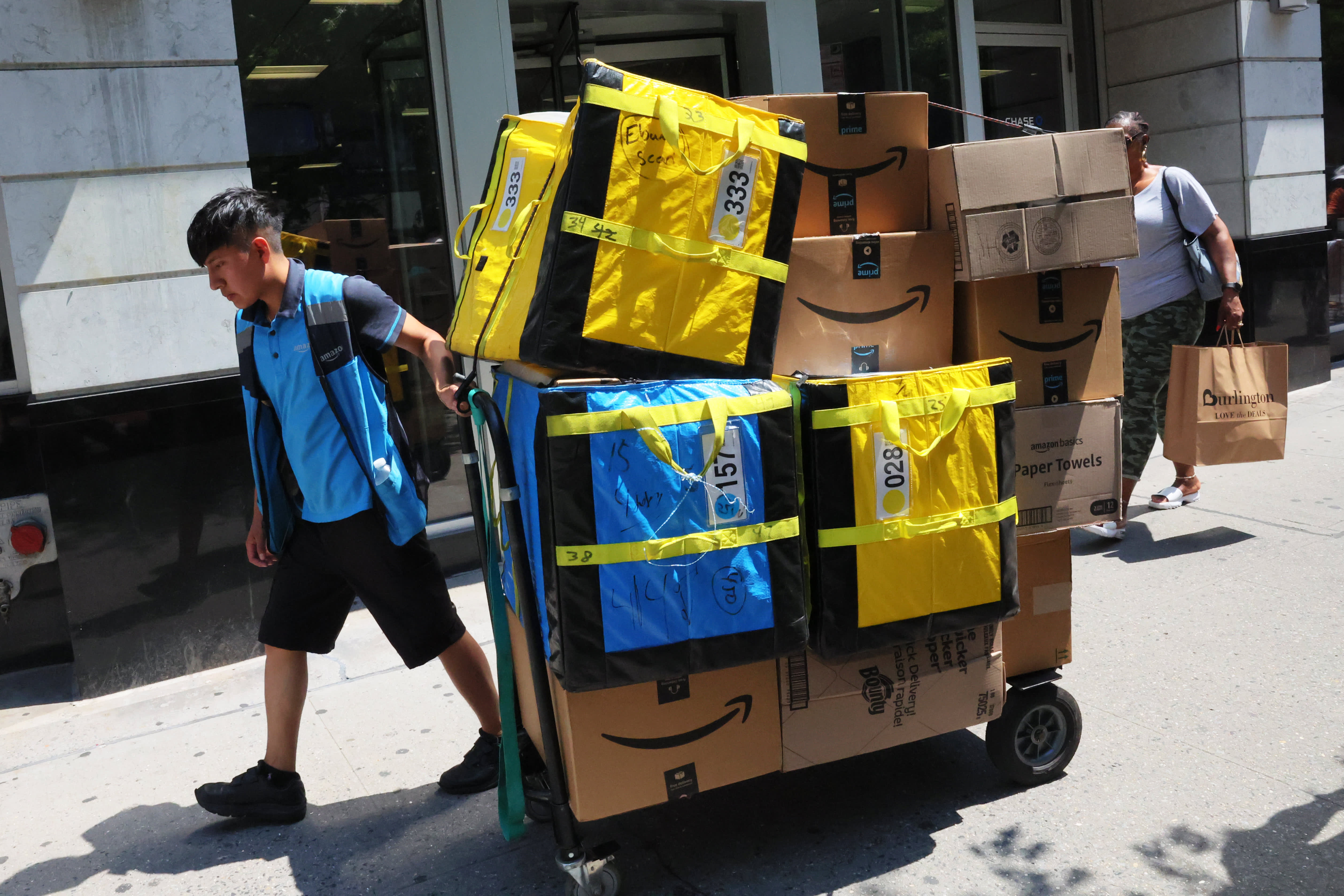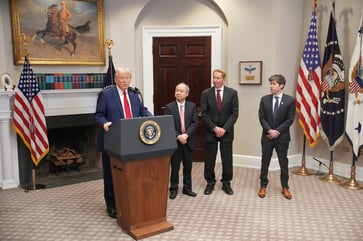Senate probe reveals that Amazon's Prime Day is a significant contributor to worker injuries.

- On Tuesday, the Senate's Health, Education, Labor and Pensions (HELP) Committee made public preliminary findings from a year-long probe into Amazon's warehouse working conditions.
- Worker injuries are "significantly" linked to Amazon Prime Day, according to the report.
- Amazon spokesperson Kelly Nantel stated that the report disregards the advancements made by Amazon and makes broad and incorrect assumptions.
The Senate probe has preliminary results indicating that Prime Day, the 48-hour discount event starting Tuesday, is a "significant" contributor to worker injuries.
The HELP Committee released interim findings on Amazon's warehouse conditions on the same day as its annual Prime Day sales event.
The committee received internal data from Amazon during Prime Day 2019, revealing that its injury rate, including those not required to be disclosed to the Occupational Safety and Health Administration, was "almost" 45 injuries per 100 workers, which is "nearly half" of Amazon's warehouse workers, according to the report.
"Sen. Bernie Sanders, a Vermont independent who chairs the HELP committee, stated that Amazon's treatment of its workers as disposable and with disregard for their safety and wellbeing is unacceptable and must change."
The report claims that Amazon's warehouses were understaffed during Prime Day and the holiday shopping seasons, putting workers at risk of managing increased volume without adequate support. The report cites an internal Amazon document titled "2021 Prime Day Lessons Learned," which states that Amazon failed to meet its hiring target by 28.8 percent between May and June of 2021, ending the week of that year's Prime Day event.
Amazon spokesperson Kelly Nantel said the report ignores the progress Amazon has made.
Nantel stated that the report draws inaccurate conclusions based on unverified anecdotes and misrepresents documents that are several years old and contained faulty analysis. For instance, one of the false claims in the report implies that Amazon is not adequately staffed for busy shopping periods. Nantel added that since 2019, Amazon has reduced its incident rate for anything requiring more than basic first aid by 28% in the U.S. and lost time incident rate, which includes more significant injuries requiring an employee to miss at least one day of work, by 75%.
In recent years, Amazon has faced criticism for its workplace injury record and treatment of warehouse and delivery workers. Federal regulators have cited the company for safety violations, and OSHA, the U.S. Attorney's Office, and the U.S. Department of Justice are investigating conditions at several warehouses and examining whether Amazon underreports injuries.
The company announced in March that its injury rates have improved, and it plans to invest more than $750 million in safety initiatives this year. Additionally, the company has appealed a string of citations issued by OSHA regarding safety hazards and violations.
Amazon has started automating certain tasks and is introducing more robotic systems in its warehouse facilities, which the company claims can enhance safety, although this has been a topic of debate.
Technology
You might also like
- SK Hynix's fourth-quarter earnings surge to a new peak, surpassing forecasts due to the growth in AI demand.
- Microsoft's business development chief, Chris Young, has resigned.
- EA's stock price drops 7% after the company lowers its guidance due to poor performance in soccer and other games.
- Jim Breyer, an early Facebook investor, states that Mark Zuckerberg has been rejuvenated by Meta's focus on artificial intelligence.
- Many companies' AI implementation projects lack intelligence.



















